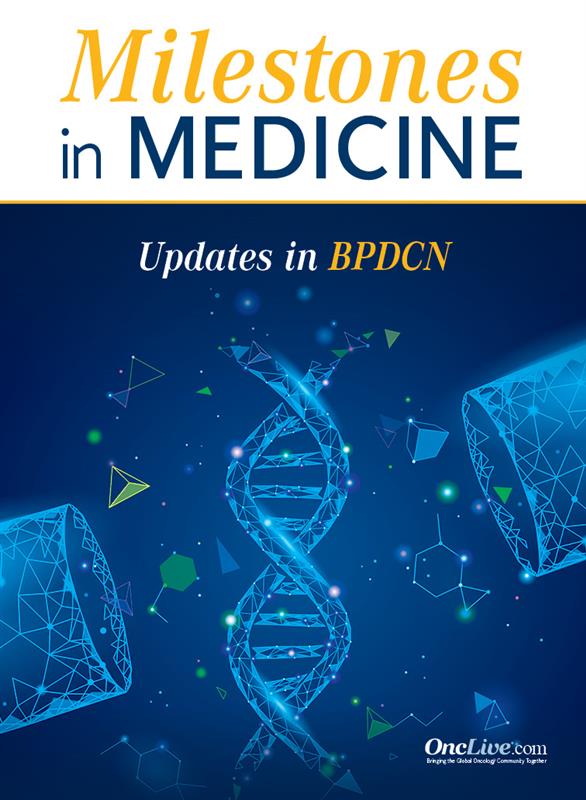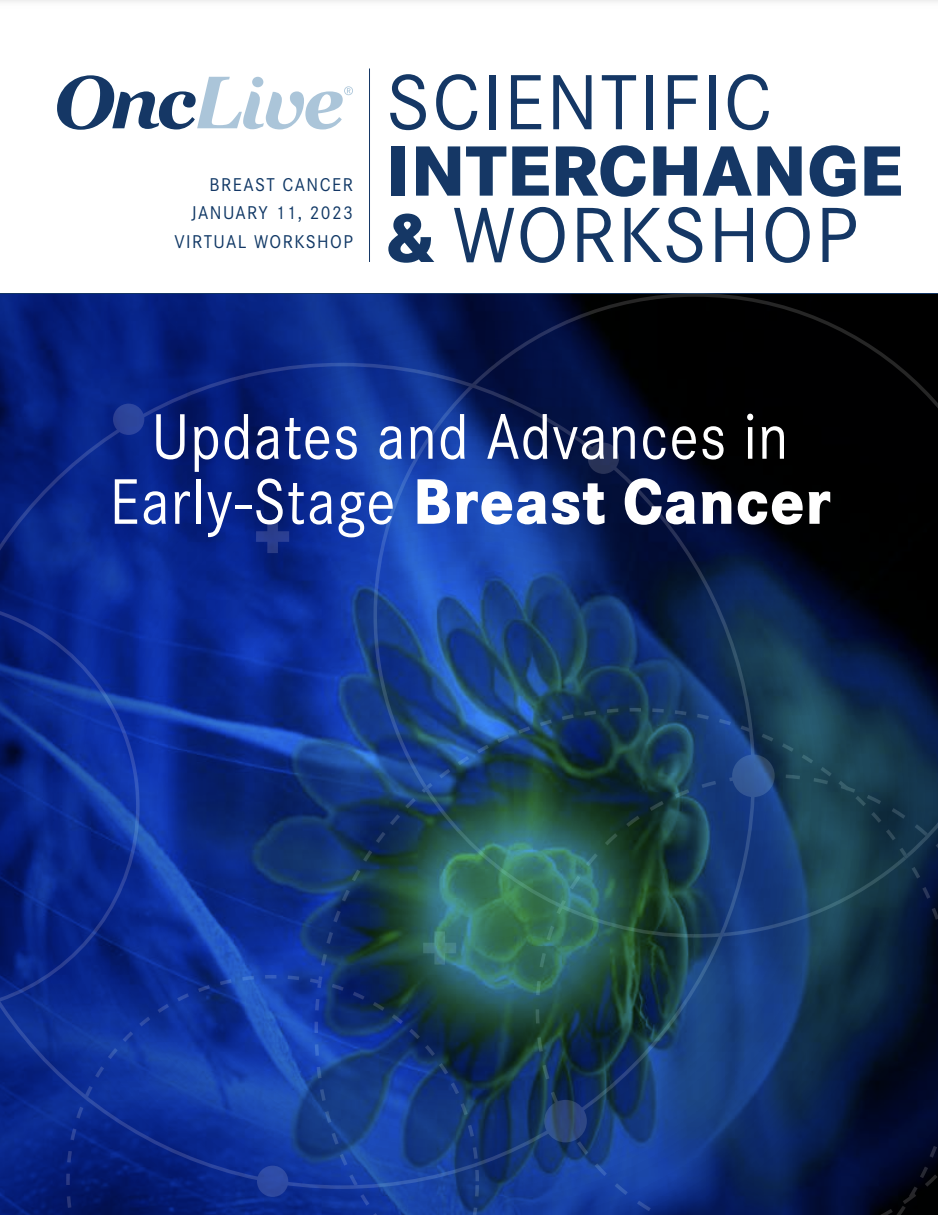Publication
Video
Dr. Daver on Unmet Needs in the Treatment of BPDCN
Author(s):
Naval Daver, MD, discusses the unmet needs for the treatment of patients with blastic plasmacytoid dendritic cell neoplasm.
Naval Daver, MD, associate professor, Department of Leukemia, Division of Cancer Medicine, The University of Texas MD Anderson Cancer Center, discusses the unmet needs for the treatment of patients with blastic plasmacytoid dendritic cell neoplasm (BPDCN).
Although BPDCN is a relatively rare disease, it has emerged as a unique entity over within the past decade, Daver notes. Researchers have identified certain markers that can be used to identify this disease, including CD123, TCF4, TCL1, CD4, and CD56. Identifying these flow-based markers can be used to identify patients with BPDCN and differentiate their disease from other malignancies, such as acute myeloid leukemia (AML), Daver says. Additionally, certain mutations have a higher prevalence in patients with BPDCN, including RUNX1, as well as TET2, ASXL1, IDH1/2, DNMT3A, EZH2, and others.
When the FDA approved tagraxofusp-erzs (SL-401; Elzonris) for the treatment of adult and pediatric patients aged at least 2 years with BPDCN in December 2018, the first-in-class CD123-targeted therapy became the first agent approved for the treatment of the disease. Since treatment for BPDCN varies from other hematologic malignancies such as AML, it is important to identify this disease group and differentiate it from others because this will have a direct therapeutic impact, Daver emphasizes.
Although advancements have been made in BPDCN in the past 10 years, including the FDA approval of tagraxofusp, a big need remains for increased awareness and education about this unique and rare condition, Daver notes.
Developing combination strategies, which have made inroads in other malignancies, could potentially provide additional beneficial treatment options for patients with BPDCN.
Referring patients with BPDCN to clinical trials will be critical to investigate novel therapies and get new drug approvals, Daver says. Given the rarity of BPDCN, finding clinical trials from them could provide additional treatment avenues and help develop new options, Daver concludes.










